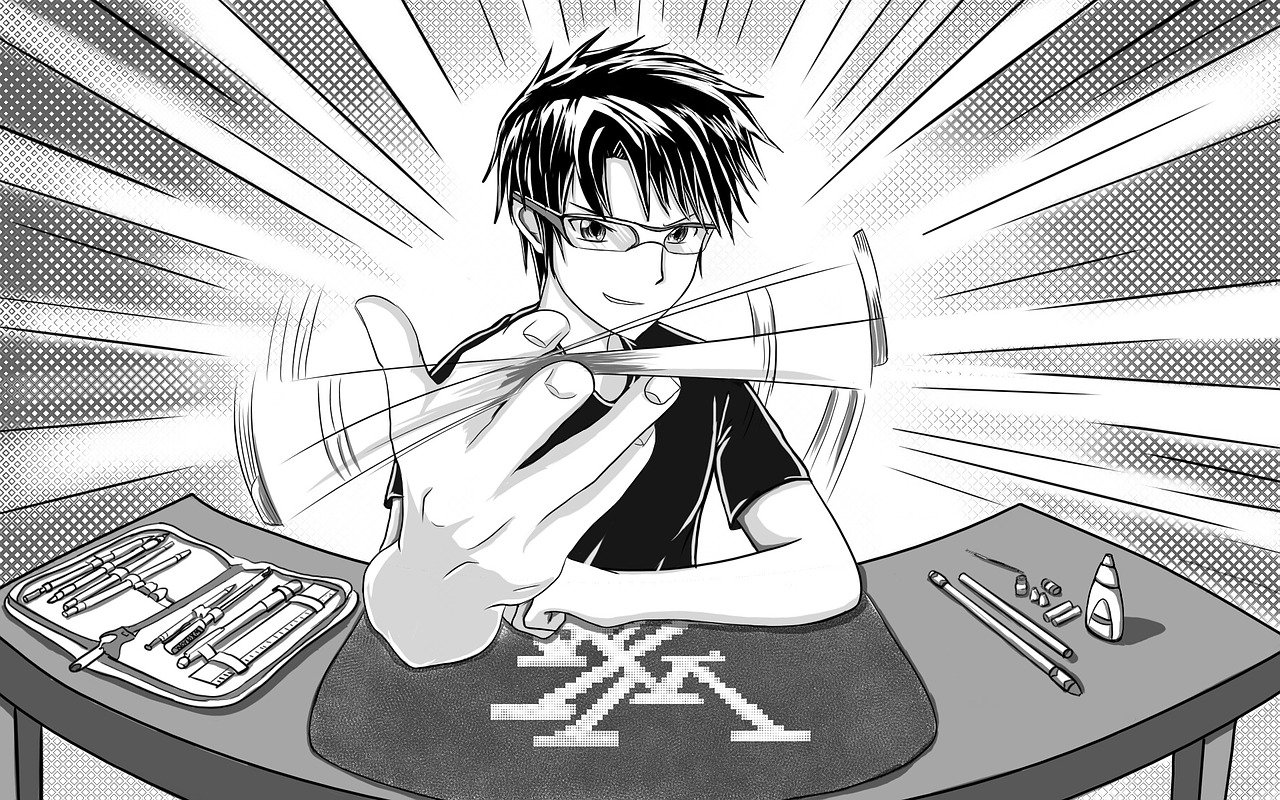Manga and anime are often confused at Japan Craft. Both are vital to Japanese culture and entertainment, yet they’re different. Manga refers to Japanese comics and graphic novels, while anime is Japanese animation. In the West, both are considered genres, but they describe how content is made. Osamu Tezuka, the “godfather of Manga’ and the “Japanese Walt Disney,” created both.
Most manga series have numerous volumes. When starting a new series, read the books in the correct order. This may be easier for short series like Kim Jung-hyun and Park Taejoon’s how to fight manga, which has 12 volumes, than lengthier ones like Akira Toriyama’s Dragon Ball, which has 42. If a manga series is popular enough, it might become an anime, like with Dragon Ball and Sailor Moon. In some circumstances, a popular original anime will get a manga adaptation.
Anime is animation. Manga is printed. That is the difference.
Manga? What is it?
Manga means comic books, not animated movies. Manga is frequently black-and-white, unlike anime. Why? Producing them in colour once a week would take too much time and resources.
Manga is economical and only requires a few artists. Manga only needs one person, the mangaka, who serves as the author, illustrator, and performs other tasks throughout the publishing process.
What is anime exactly?
In Japan, “anime” refers to all animation, just like “cartoon” in English. Anime refers only to Japanese animation.Using “anime” to designate animation from other countries is controversial. Anime has become synonymous with Japan in English, despite being from other countries.
Anime uses visually unique characters and a limited style to depict movement. In the West, most animations are geared at children and narrate stories, whereas anime has more intricate plots and adult themes.
How To Fight Manga:
Worthless and of no use Yoo Hobin is constantly bullied by kids who think of themselves as being better than him, but he chooses to ignore them because his life is already too challenging. On the other hand, an unplanned occurrence winds up changing the course of his life. He didn’t even want to publish the video that would go on to become a worldwide sensation, but it happened anyway!
As a direct result of the film that he released by accident, he gained rapid notoriety and began to make money. However, due to the fact that it was an accident, he is unable to replicate it. He aims to make more fascinating films that people will find intriguing and that will help him acquire more subscribers, and he is motivated to do so by the possibility of making money as well as the sudden surge in fame that he has experienced. On the other hand, he won’t be able to achieve any of that until he figures out how to fight.
Fan service, oversexualized characters:
Fans matter. This is work made to please fans. Fan service never advances the plot or develops characters; it’s supplementary content, such as showcasing a series’ main character in a revealing costume or pseudo-sexual setting. The Seven Deadly Sins is excessively fan service-heavy for kids. Manga fan service can be amusing or annoying.
Many manga (especially those for men) sexualize female characters. Male characters sexually harass or expose female characters. Sexual assault is typically comical in manga. Read the manga before giving it to children, especially boys. There are many age-appropriate series. Our Manga for Middle-Schoolers guide contains younger titles. Our goal isn’t to censor readers, but to empower and inform them. Parents, teachers, and libraries should take note.
Conclusion:
Manga is broad, and we didn’t cover many areas. This is a beginner’s handbook for readers. Not every manga will follow these rules, and that’s fine. Reading is about finding new genres, motifs, and storylines. If unsure, conduct research. Ask your local librarian about manga, or search online. You’re ready to start now!











